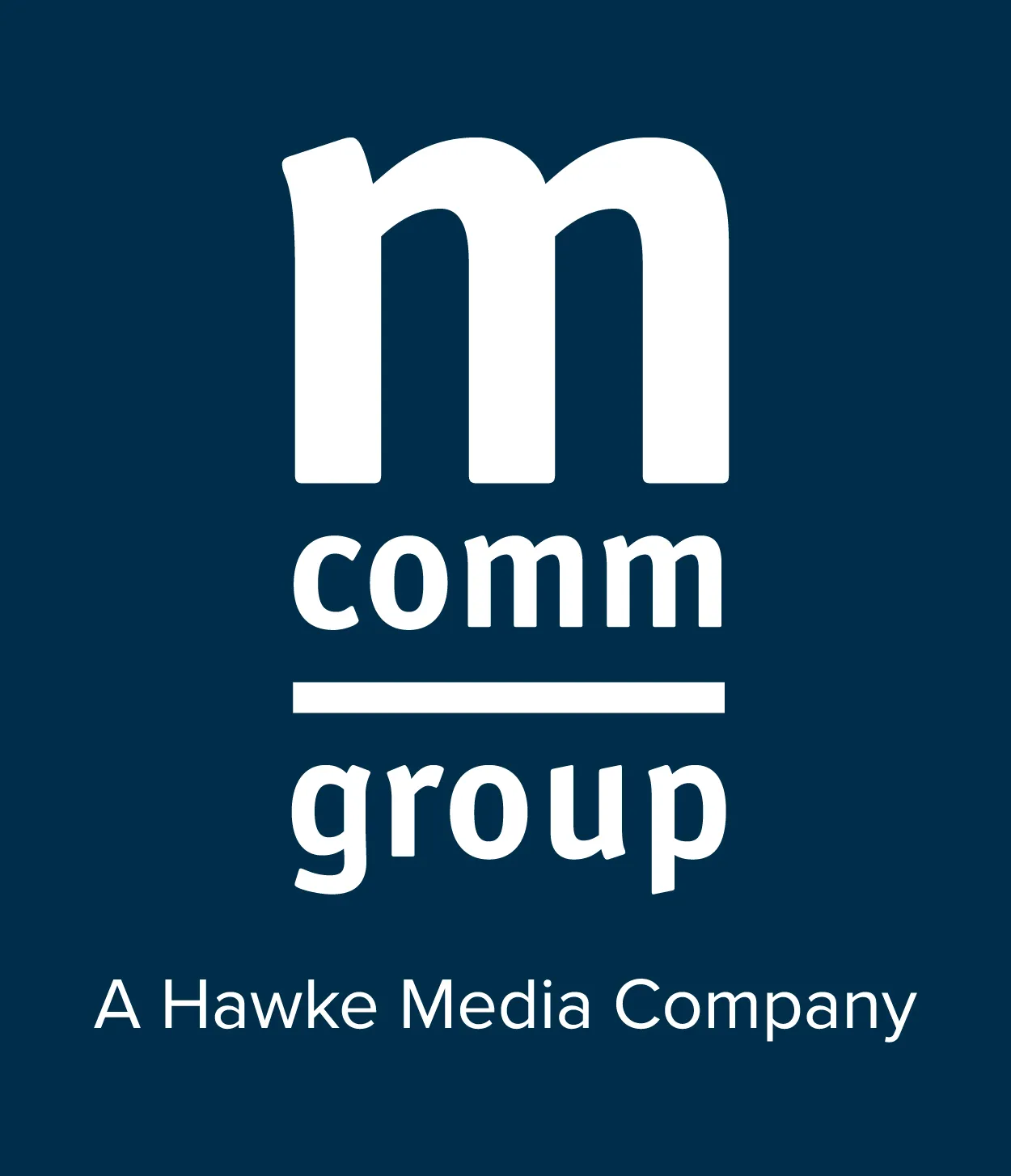A new year brings fresh opportunities to grow your business, connect with customers, and make a bigger impact in your market. If you’re building your first formal marketing plan—or looking to create a more strategic approach for 2026—you’re already taking the most important step. With the right framework, you can create a roadmap that drives real results for your business.
Here’s how to get started and what trends you need to keep on your radar.
Why a Marketing Plan Matters
A marketing plan isn’t just a document that sits in a drawer. It’s your strategic blueprint for reaching customers, allocating resources, and measuring success. Without one, you’re guessing and spending money on tactics that may or may not work, possibly missing opportunities to connect with your audience at the right time.
Building a marketing plan for 2026 doesn’t require a massive team or an unlimited budget—it requires clarity, intention, and a willingness to test, learn, and adapt.
The Essential Components of a Marketing Plan
Every effective marketing plan includes the following core elements. Think of these as your non-negotiables.
1. Clear Goals and Objectives
Start with what you want to achieve. Are you looking to increase brand awareness? Drive more traffic (online or in-person)? Boost sales? Improve customer retention?
Your goals should be SMART: Specific, Measurable, Achievable, Relevant, and Time-bound. For example, “Increase qualified leads by 25% by Q3 2026” is far more actionable than “Get more customers.”
2. Target Audience Definition
Who are you trying to reach? The more specific you can be, the better. Consider creating detailed buyer personas that include demographics, pain points, buying behaviors, and preferred communication channels.
For example, if you’re a heavy equipment dealer, your audience might include fleet managers at mid-sized companies, independent contractors, and municipal procurement officers. If you’re in B2B services, you might target C-suite executives, operations managers, or purchasing teams. Consider your industry’s distinct needs and typical decision-making processes.
3. Competitive Analysis
Understanding your competitive landscape helps you identify gaps and opportunities. Look at what your competitors are doing well (and not so well). Where are they advertising? What messaging are they using? This doesn’t mean copying what others do—it means finding your unique position in the market.
4. Marketing Strategies and Tactics
This is where you outline how you’ll achieve your goals. Break this down by channel, which are the different approaches you can use to reach your audience:
- Digital Marketing: Website optimization, SEO, paid search, social media, and email campaigns
- Traditional Marketing: Print ads, direct mail, events, and sponsorships
- Content Marketing: Blog posts, videos, customer testimonials, and case studies
- Retention Programs: Post-purchase follow-up, loyalty campaigns, and service reminders
The key is choosing tactics that align with your audience and goals. If your customers aren’t active on TikTok, don’t force a presence there just because it’s trendy.
5. Budget Allocation
Be realistic about what you can spend and where it will have the most impact. It’s better to do a few things exceptionally well than many things poorly.
Think about allocating your budget across these areas:
- Media spend: Paid advertising across your chosen channels
- Creative development: Design, copywriting, photography, and video production
- Technology and tools: CRM systems, analytics platforms, and marketing automation
- External support: Agency partnerships, freelancers, or consultants
- Testing and optimization: Reserve 10-15% for experimentation
Don’t forget to factor in co-op advertising funds if your manufacturer or brand offers them. These dollars can stretch your budget significantly when used strategically. If navigating co-op programs feels complex, partnering with experts who understand the process, like Mcomm Group, can help you get more from every dollar available.
6. Timeline and Calendar
Map out your campaigns across the year. When are your peak sales seasons? Are there industry events or trade shows that matter? What about holidays or regional factors that impact buying behavior?
A visual marketing calendar helps your team stay organized and ensures you’re not scrambling at the last minute or missing key opportunities.
7. Metrics and KPIs
How will you know if your plan is working? Identify the key performance indicators (KPIs) that matter most to your business. These might include:
- Website traffic and conversion rates
- Lead volume and quality
- Cost per acquisition
- Customer lifetime value
- Email open and click-through rates
- Social media engagement
Plan to review these metrics monthly or quarterly, so you can adjust your approach as needed.
2026 Marketing Trends to Watch
As you build your plan, keep these emerging trends in mind. Understanding where the industry is headed will help you make informed decisions about where to invest your time and budget in 2026.
AI-Powered Personalization
Artificial intelligence is making it easier than ever to deliver personalized experiences at scale. From predictive analytics that identify high-intent buyers to dynamic email content that adapts based on user behavior, AI tools can help you work smarter, not harder.
Video-First Content
Short-form video continues to dominate consumer attention. Platforms like Instagram Reels, TikTok, and YouTube Shorts are ideal for product walkthroughs, customer testimonials, and behind-the-scenes content. If video isn’t part of your 2026 strategy, it should be.
Omnichannel Consistency
Customers expect a seamless experience whether they’re browsing your website, visiting your location, calling your team, or engaging on social media. Your marketing plan should create touchpoints that work together, not in silos. Unified messaging and integrated data are critical.
Privacy-First Marketing
With stricter data privacy regulations and the phase-out of third-party cookies, first-party data is more valuable than ever. Focus on building your own customer database through email sign-ups, loyalty programs, and direct interactions.
Sustainability and Transparency
Consumers are drawn to brands that demonstrate social responsibility and operate transparently. Authenticity matters in pricing, processes, and business practices.
Getting Started: Your First Steps
If you’re feeling ready to dive in, here’s how to begin:
- Block time to plan: Set aside dedicated time to work on your marketing plan without distractions.
- Gather data: Pull together any existing performance metrics, customer insights, or market research you have.
- Get input from your team: Your sales team, service department, and front-line staff have valuable perspectives on customer needs.
- Start with one quarter: If planning a full year feels too daunting, start with Q1. Build your plan, test your tactics, and refine as you go.
- Leverage expertise: Whether it’s learning from industry resources or partnering with a marketing agency that understands your industry, don’t be afraid to ask for help.
Final Thought
Building a marketing plan for 2026 doesn’t require a massive team or an unlimited budget. It requires clarity, intention, and a willingness to test, learn, and adapt. The businesses that succeed are the ones that approach marketing strategically—with a plan that guides decisions and keeps them focused on what matters most.
If you’re ready to create a marketing plan that drives measurable results, Mcomm is here to help. From strategy development to campaign execution and analytics, we partner with dealers, distributors, and brands to build marketing that works. Let’s plan your best year yet.

